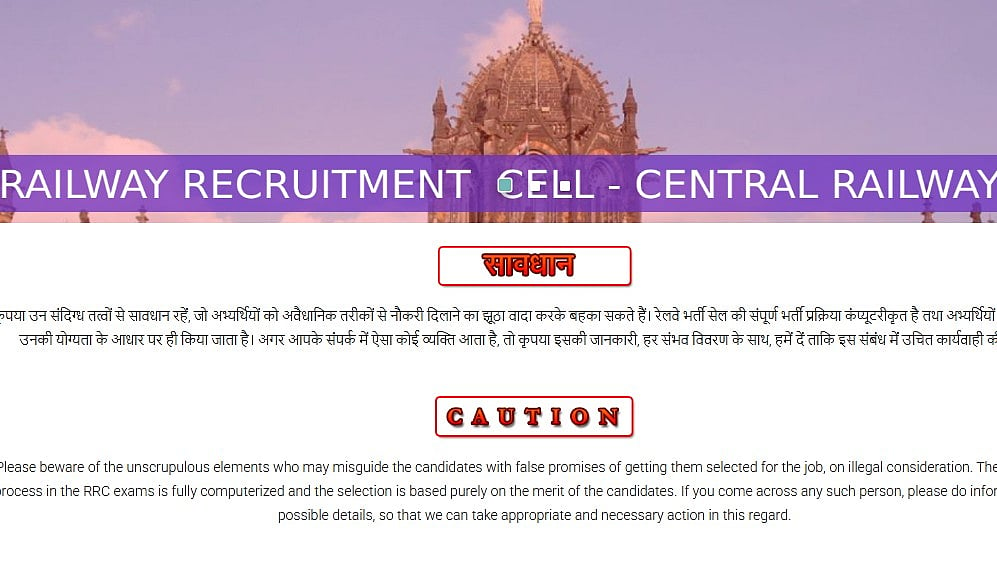The UGC draft regulation relating to the minimum standards and procedure for the award of PhD degree 2022 resembles a reform for the ease of doing PhD. Admission to PhD has been made easier by requiring universities to fill up 40 percent PhD seats each year from amongst the Non-JRF and Non-Net qualified candidates.
Worryingly, the prerequisite of publishing a minimum of one paper in a refereed journal and making two presentations in conferences/seminars for the submission of the thesis for the award of the degree is also proposed to be done away with.
The move could be justified on two counts. Firstly, on the ground that premier institutions like IITs do not insist on publications for the submission of thesis and yet produce better quality PhDs. What may, however, be missing in the argument is the fact that they admit to PhD programme only those who score high in GATE.
Secondly, it could be argued that the pressure for publication, rather than helping the research scholars in honing their analytical skills and writing abilities, pushes them to publish in predatory journals. In support, it is cited that the number of ISSN journals in India has risen rapidly from 7,425 in 2009, the year since the UGC introduced publication linked Academic Performance Indicators (API) in the appointment and promotion of the faculty, to 23,727 in 2022.
But this only reflects the global trend in ISSN registration, which may in no way construe the rise in the predatory journals. The data further indicates that globally there are 22.57 Lakh ISSN publications with India’s share being an abysmal 1.05 percent. However, the number of ISSN registered publications can not be relied upon at all. The ISSN issues registration numbers not only to the academic journals but also to many different kinds and types of documents, magazines, periodicals, newspapers, CDs, etc, and that too in many different languages of the world. Besides, a large number of them may have been non-starters or inactive.
The above notwithstanding, the proliferation of predatory journals is indeed a global phenomenon. So much so, that even reputed databases are not absolutely clean of them; many of them find mention in Beall’s list of potential, possible, and probable predatory journals. A 2014 BMC-Medicine publication, reported that the number of publications in predatory journals across the globe had spiked from 53,000 in 2010 to 420,000 in 2014 and that India alone accounted for 27 percent of them.
It may, however, be wrong to presume that the predatory journals in India feed only on the research scholars. Taken as a whole, they count only about 2 lakh as compared to 1.5 Million faculty members, who are as much in need of publications to maximize their chances of becoming research supervisors, earning incentives, getting promotions, and accessing research funding.
SCOPUS database of scientific publications for 2020 ranked India as the fourth largest producer of scientific research in the world with 1.92 Lakh papers, next only to China (7,44 Lakh), the USA (6.25 Lakh), and the UK (1.99 Lakh). India, however, accounted for merely 4.52 percent of the total research papers published in the world.
The situation calls for creating conditions that encourage faculty members and researchers to publish more rather than less. India accounts for 12 percent of the global faculty pool and it must have at least that much share in the world’s academic and scientific output. Given its faculty size in absolute numbers, India has the potential to publish at least a million research papers year on year. In contrast, the country is able to realise no more than a fifth of its potential.
The nation must indeed aspire for and expect its researchers to publish in high-quality impact factor journals. It must, however, be appreciated that qualitatively, India is not doing that bad. SCImago Journal & Country Rank (SJR), placed India at 7th in the world with a cumulative publication of 2.35 Million during 1996-to 2021, next only to the USA (14.41 Million), China (8.25 Million), the UK (4.24 Million), Germany (3.66 Million), Japan (3.19 Million) and France (2.35 Million).
It further reported that 92.51 percent of the publications from India were citable and that the country was doing better on this count than the USA (87.88 percent), the UK (84.16 percent), and Germany (91.51 percent), and France (92.23 percent). Further, the self-citation, often resorted to by the researchers to artificially escalate their citations, H Indexes, and i10s, has been 34.06 percent in the case of Indian publications, which was significantly lower than those of the USA (42.91) and China (57.86%). This too makes an urgent and strong case for demanding rather than discouraging publications.
The real challenge, in fact, lies in offering enhanced and cost-effective opportunities to the researcher to publish with ease and speed, albeit without compromising the quality. The system is, however, seriously constrained in this regard due to the limited availability of quality journals.
Thompson Reuters run Web of Science Core Collection has only 22,200 Journals (Emerging Sources Citation index: 7,800 Journals; Science Citation Index Expanded: 9,200 Journals; Social Science Citation Index: 3,400 Journals; and Arts and Humanities Citation Index: 1,800). The Elsevier managed SCOPUS aggregates 41,500 journals brought out by 12,000 publishers. Of these, more than 14,000 are reported to be inactive.
Globally, thus, 12.5 million researchers chase fewer than 30,000 journals to publish their research. The consequences are obvious - a long wait and high rejection rates. What we need is to support and handhold the publication of high-quality refereed journals in large numbers and, thus, provide quality avenues to researchers to report their research results.
Anything less or other than that may be termed as retrograde. Allowing research scholars to get their degrees without any publication to their credit may increase the number of PhD holders in the country but to what avail? Why would any higher educational institution want to hire PhDs with no quality publications to their credit as faculty?
Furqan Qamar, a Professor at the Faculty of Management Studies, Jamia Millia Islamia, New Delhi is former Adviser (Education) in the Planning Commission of India. Views are personal
Vivek Mehra is CMD of Sage India



.jpg)






